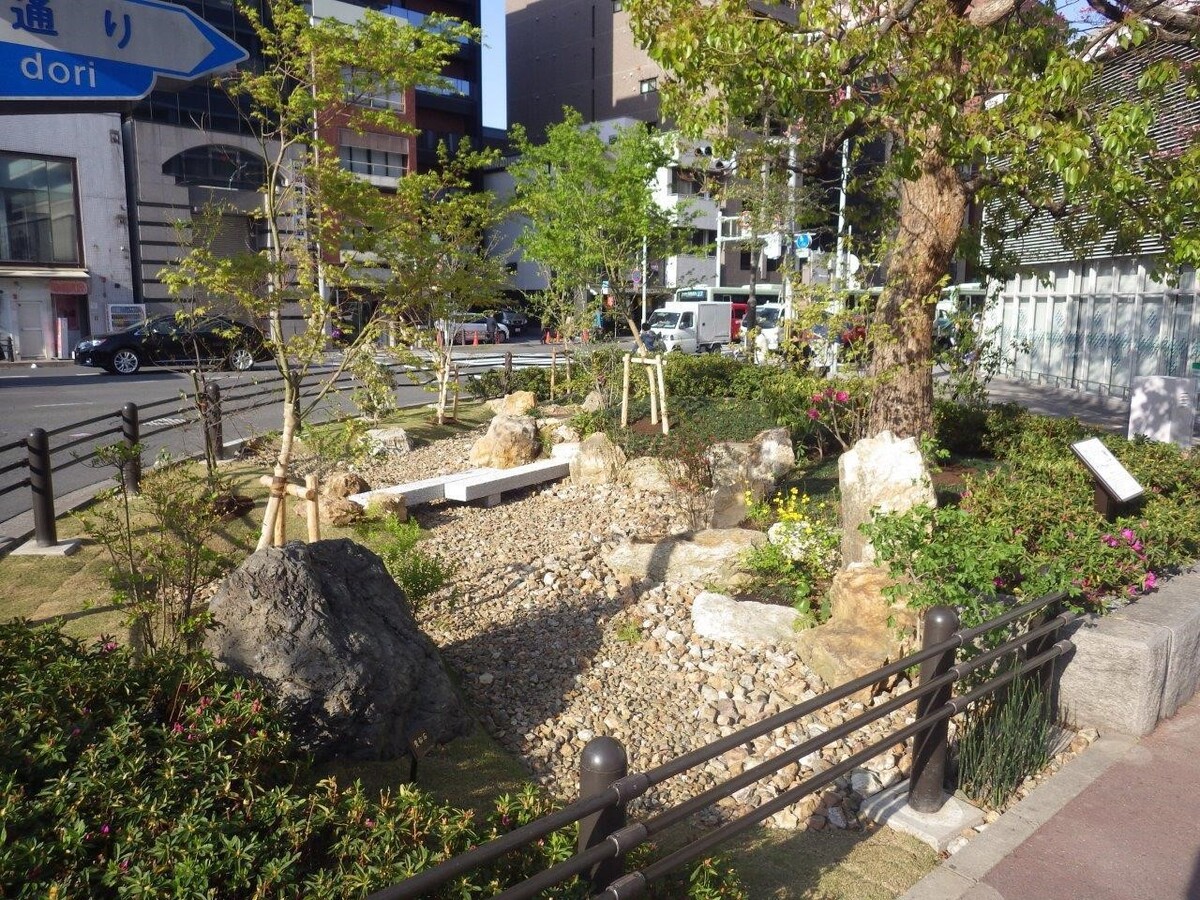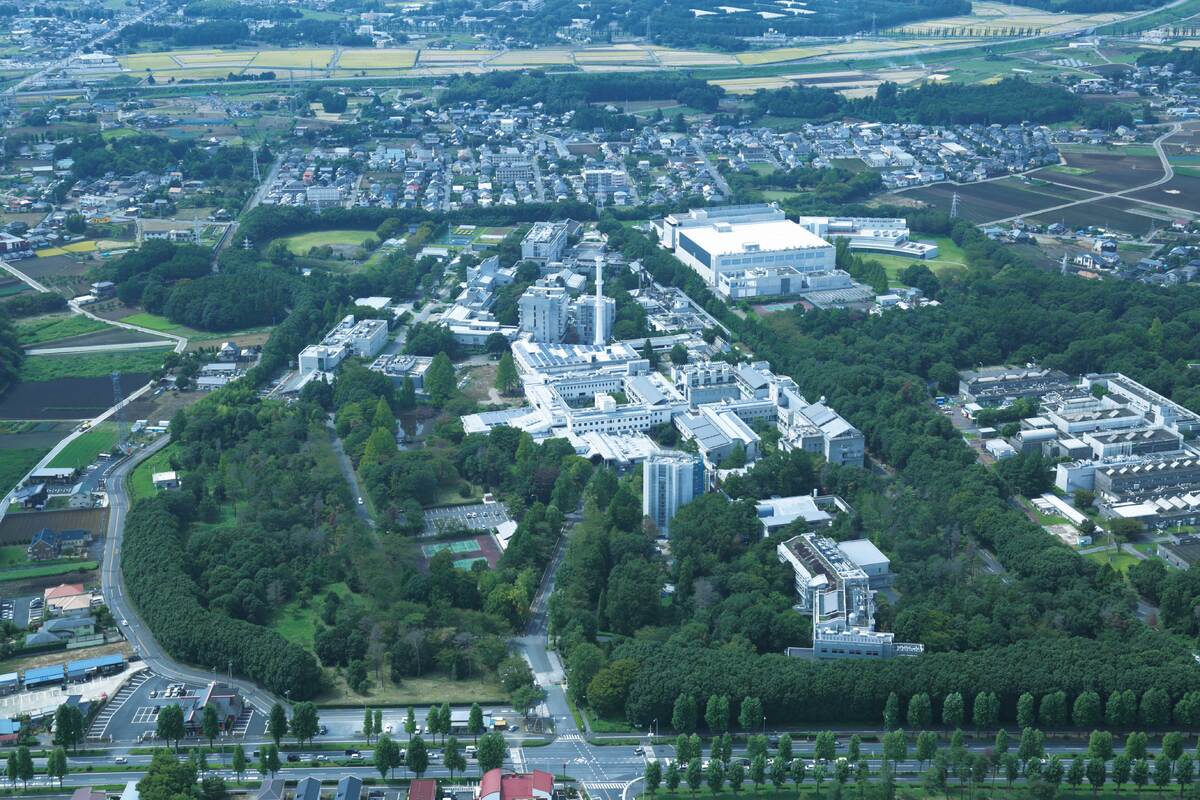
©Futoshi Nakamura
Issue
The dams inhibited salmonid fishes from migrating upstream for breeding
Solution
The dams were renovated to give consideration to the ecosystem, without impairing their disaster risk reduction function
Challenges for a World Natural Heritage site
The Shiretoko Peninsula, located in the northeastern tip of Hokkaido, was nominated as a UNESCO World Natural Heritage site in 2005 because of its unique ecosystem and rich biodiversity. However, there were concerns about the deteriorating effects of river structures such as dams on the ecosystem. As a condition for being accredited as a world heritage site, the International Union for Conservation of Nature (IUCN) as the advisory organisation of the World Natural Heritage system recommended that dams be assessed for their impact on salmonids and that countermeasures be identified. Dams in Shiretoko built in the 1960s have played a role in protecting life downstream in this region because Shiretoko is geographically vulnerable to disasters such as river flooding. However, there have been concerns that they prevented the movement of salmonids which grow in the ocean and lay their eggs in the river. As such, there was a need to improve the dam and other structures in consideration of ecosystem preservation.
First, a working group of experts was established in July 2005 to assess the surrounding environment of river structures and to study improvement methods based on the assessment. As a result of the assessment and evaluation of 100 river structures, three dams were identified that needed to be improved for conserving the habitat of salmonid fish. In this process, consideration was given not only to the environment but also to the safety of the residents living in the downstream area of the river, i.e. maintaining the disaster prevention function.
Renovation of dams to achieve coexistence with ecosystems
Improvement of selected dams was made by cutting down parts of the embankments and making slits in the main bank that allows fish to pass through. In addition, fishways were installed downstream. A natural environment in the rivers was restored by filling the river bottom with small gravel which also helps to avoid inhibiting the movement of the fish. In the dam at Iubetsu River, a ramp made of natural stones was installed (the height of the dam was cut down by one meter, and the ramp was placed both upstream and downstream). In another river, the spillway was lowered and the downstream corner of the spillway was cut in order to prevent water flow that would hinder the path for the fish.
After these renovations, follow-up surveys were conducted to assess the status of the ecosystem upstream. As a result, some river structures successfully secured the environment for salmonids without compromising the disaster prevention function. This has been highly evaluated by UNESCO and IUCN.

©Futoshi Nakamura
Infrastructure Harmonisation of Humans and Nature
The renovated dams in Shiretoko can be seen as a solution to conserve the ecosystem while protecting human life from natural disasters. This type of ecosystem-based infrastructure that can accommodate changes in the future, is insightful in realising ‘adaptive recovery’, or a strategy that aims to adapt to climate change in the long-term by taking opportunities of renovation or reconstruction. In addition, this is a clue to harmonise humans and nature that can sometimes come into conflict. For example, river constructions are likely to be designed to maximise the benefits for mitigating disaster risks, but this can also cause negative changes in the natural environment in rivers such as fragmentation of the flow of water, water quality degradation, and loss of habitat for fish and wildlife. By reconsidering this dilemma and exploring ecosystem-friendly dams, Shiretoko has achieved a riverscape worthy of World Natural Heritage. While such river structures are possibly less robust than conventional river structures that are fully artificial, a complete artifact cannot be maintained without permanent human intervention and maintenance, while nature-based river structures can be sustainably maintained and eventually returned to nature.
Location
Related Information
- Hokkaido Regional Forest Office of Forest Agency, Japan. (2008). Challenge to create dams that protect our Lives and support salmon- Improving river constructions in Shiretoko
- River Structures Working Team. (2013). Evaluation of improved river structures in the Shiretoko World Natural Heritage Area (in Japanese)
KEYWORDS
- # Case Study
- # Biodiversity/Ecosystem
- # Fisheries
- # Infrastructure
- # Natural Disasters
- # Water Environment/Water Resources
- # Adaptation Action/implementation
- # Disaster Prevention/Disaster Mitigation
- # Impact Assessment/Risk Assessment
- # Locally-led Adaptation
- # Nature-based Solutions
- # Asia
- # Japan
- # 2021




